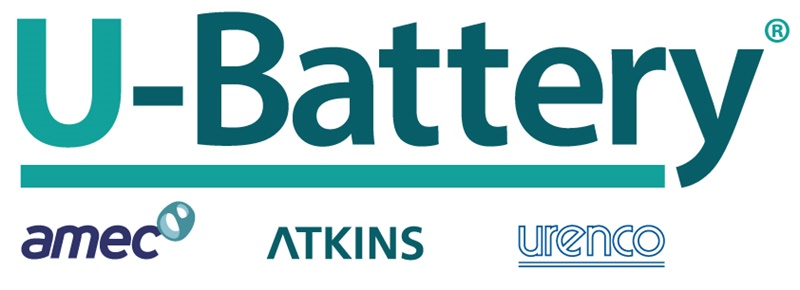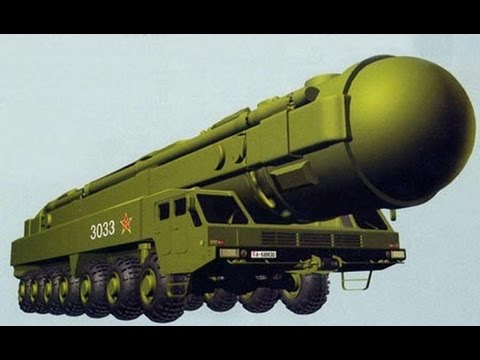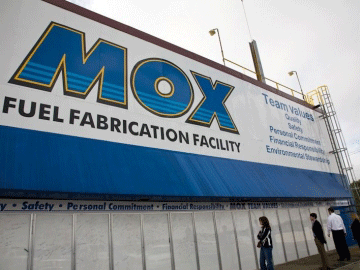I blog a lot about conventional nuclear fission power reactors but there are other types of nuclear reactors that extract energy from radioactive substances in different ways from the usual water cooled reactors in use at most nuclear power plants. There is a lot of development work being directed at new types of nuclear reactors with the hope that they will be cheaper to build and operate as well as safer. Some of these designs produce much less power than the big power reactors and require infrequent refueling and little need for maintenance. They are intended to be used in remote locations and other facilities which prefer to generate the power they need on site rather than connecting to the grid.
Urenco is “an international supplier of enrichment services with its head office based close to London, UK. With plants in Germany, the Netherlands, the UK and in the USA, it operates in a pivotal area of the nuclear fuel supply chain which enables the sustainable generation of electricity for consumers around the world. Utilizing URENCO’s own world-leading centrifuge technology, URENCO provides safe, cost-effective and reliable uranium enrichment services for civil power generation within a framework of high environmental, social and corporate responsibility standards.”
Urenco started the U-Battery project in 2008. The design was a result of work at Universities of Manchester, Dalton Institute (UK) and Technology University of Delft (Netherlands). The U-Battery design produces four megawatts of electricity. It is categorized as a “micro nuclear reactor.” These micro reactors have a power output of less than ten megawatts.
The U-Battery utilizes hexagonal prismatic fuel elements. The fuel rods contain uranium fuel particles which are about one millimeter in diameter. The “Triso” coating on each particle of uranium consists of a shell of carbon inside a shell of silicon carbide inside a shell of carbon. The Triso coating can confine fission products for indefinite periods of time with temperatures over three thousand degrees Fahrenheit.
The primary coolant for the U-Battery is helium for cooling the high temperatures reached in the core. The helium circulates through a heat exchanger. Nitrogen is the secondary coolant that carries heat from the heat exchanger to a turbine that produces the electricity.
The U-Battery is modular and will be constructed in a factory, then moved to the operational site. Most of the reactor will be underground with a small cooling tower and a thirty-foot high maintenance building at ground level. The whole facility fits in an area about eighteen yards by thirty-six yards.
Urenco is hoping to produce commercial versions of the U-Battery by 2025. They are considering using the first U-Battery units to power their own enrichment facilities at Capenhurst in the U.K. Following the successful launch of the U-Battery in house, Urenco will sell the units to other companies. It is also possible that Urenco may want to enter the fuel fabrication market and manufacture fuel specifically for the U-Battery reactors.
The U-Battery is small in size and independent in operation. The low cost and simplicity give it a flexibility that cannot be matched by conventional power reactors or small modular reactors. The nuclear industry has been having serious problems with cost overruns, scheduling delays, public rejection and lack of investor interest. Perhaps developments such as the U-Battery can help revitalize the nuclear industry.







